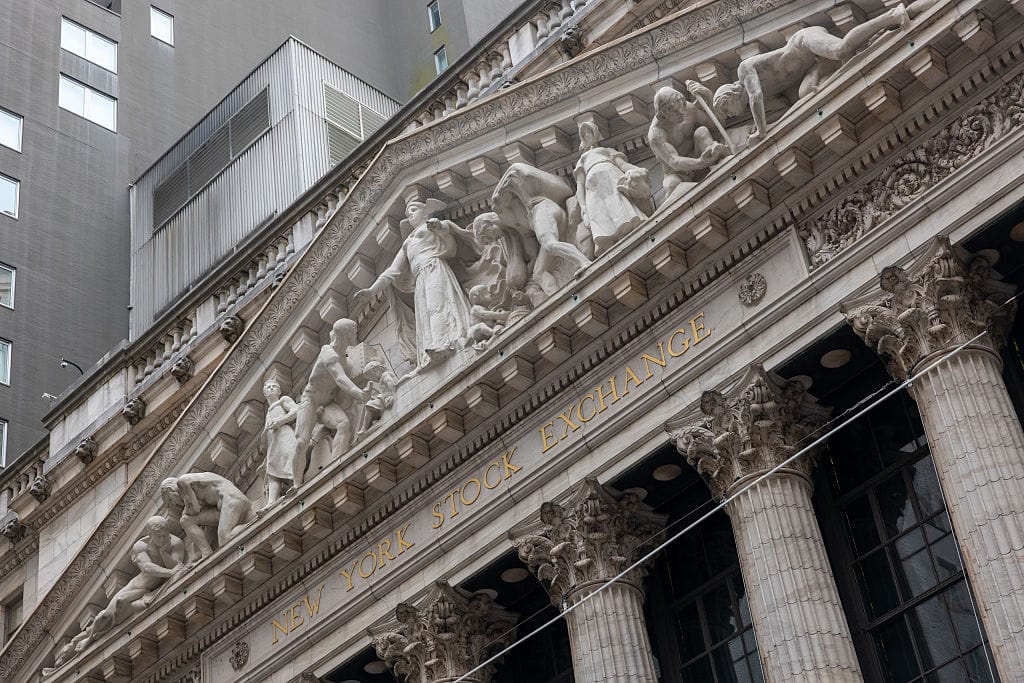Tariffs: 1930 Versus 2025

The U.S. stock market saw its worst day yesterday since the early days of the pandemic, following President Trump’s latest round of tariffs. These tariffs, when combined with other U.S. tariffs in 2025, make the U.S. average effective tariff rate 22.5%—the highest rate since 1909, according to The Budget Lab at Yale.
Manufacturers already had record-high concerns about trade uncertainties before this latest announcement, as the NAM’s Q1 Manufacturers’ Outlook Survey found. Now, the uncertainty and instability have only increased, reminding observers the last time the U.S. imposed sweeping tariffs—with disastrous consequences.
Back then: The Tariff Act of 1930, also known as the Smoot-Hawley Act, was signed into law by President Herbert Hoover. Originally intended to protect the U.S. agricultural industry, it was later expanded to cover a broad swath of the U.S. economy, as CNBC recounts.
- The Smoot-Hawley Act imposed tariffs on approximately 25% of all imports to the U.S., according to Santa Clara University economic historian Kris James Mitchener.
- Some sounded the alarm at the time. Before signing the law in June 1930, President Hoover received “a petition signed by more than 1,000 economists asking him to veto the bill.”
A spiral: “Smoot-Hawley raised the average tariff on dutiable imports to 47% from 40%, [Dartmouth economist Doug] Irwin said. Depression-era price deflation ultimately helped push that average to almost 60% in 1932, he added.”
- Compare that to now: the latest tariff rates will be higher than the Smoot-Hawley levels, as reported by CNBC .
Manufacturers hurt: Following the passage of Smoot-Hawley, Argentina, Australia, Canada, Cuba, France, Italy, Mexico, Spain and Switzerland all responded with retaliatory tariffs on U.S. goods. These tariffs often fell on manufactured products, weakening the sector amid the economic catastrophe of the Depression.
- For example, France, Spain, Italy and Switzerland increased tariffs on American cars, effectively closing off those markets to major American exports.
- In all, “U.S. exports to retaliating nations fell by about 28% to 32%, said Mitchener. Further, nations that protested Smoot-Hawley also reduced their U.S. imports by 15% to 23%.”
Long-lasting pain: The Dow Jones Industrial Average slid following the imposition of the tariffs, bottoming out in July 1932.
History lesson: Smoot-Hawley has long been condemned by American leaders of both parties as a mistake that severely damaged the American economy.
- Before taking office, Roosevelt denounced the Smoot-Hawley Act, saying it “compelled the world to build tariff fences so high that world trade is decreasing to vanishing point.” He would sign the Reciprocal Trade Agreements Act, which reduced tariffs with trading partners on a reciprocal basis, in 1934.
- When President Ronald Reagan spoke to the NAM’s Annual Meeting in 1986, he said, “I well remember the antitrade frenzy in the late twenties that produced the Smoot-Hawley tariffs, greasing the skids for our descent into the Great Depression and the most destructive war this world has ever seen. That’s one episode of history I’m determined we will never repeat.”
Modern realities: President Trump has insisted that “we’re bringing wealth back to America” through these sweeping tariffs (CNBC). But manufacturers are urging caution, especially when future tax policy is so uncertain.
- One family-owned U.S. textile manufacturer, founded in 1887, warns that tariffs will dramatically raise the prices of its components, such as fabric, thread, yarn and fiber—none of which it can source in the U.S. “Tariffs would force us to curtail employment or close facilities if our customers would not accept higher prices,” the company said.
- Another manufacturer, an employee-owned firm, makes products and systems that control, monitor and protect utility and industrial electric power systems—which is critical for the coming buildout of new power generators and the electrical grid to meet the demand for AI datacenters. Tariffs will materially harm its ability to enable this essential economic growth.
- A third manufacturing company, a 100-year-old Wisconsin company specializing in custom-designed thermal solutions and large-scale HVAC cooling systems used in agriculture, mining, oil and gas and more, says that “tariffs on Canada and Mexico could cause us to take cost-cutting measures, including workforce reductions.”
- Last, a manufacturer that has made chemicals in the U.S. since the late 1800s reports that tariffs may set back its plans for expansion in North America, “which is already five times more expensive for us than in Asia and three times more expensive than in Europe.” The company will be less able to support crucial semiconductor manufacturing, and may even have to close low-margin business lines in the U.S.
The last word: “[M]anufacturers are scrambling to determine the exact implications for their operations [of the April 2 tariffs],” NAM President and CEO Jay Timmons said on Wednesday. “The stakes for manufacturers could not be higher. Many manufacturers in the United States already operate with thin margins. The high costs of new tariffs threaten investment, jobs, supply chains and, in turn, America’s ability to outcompete other nations and lead as the preeminent manufacturing superpower.”
